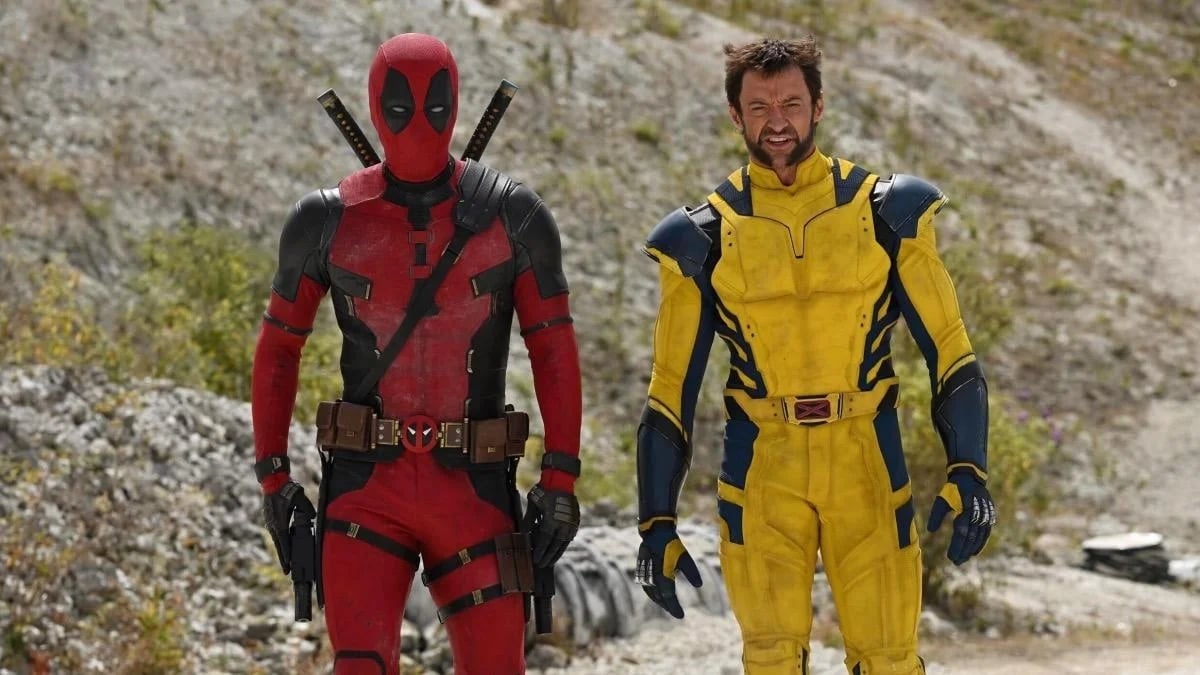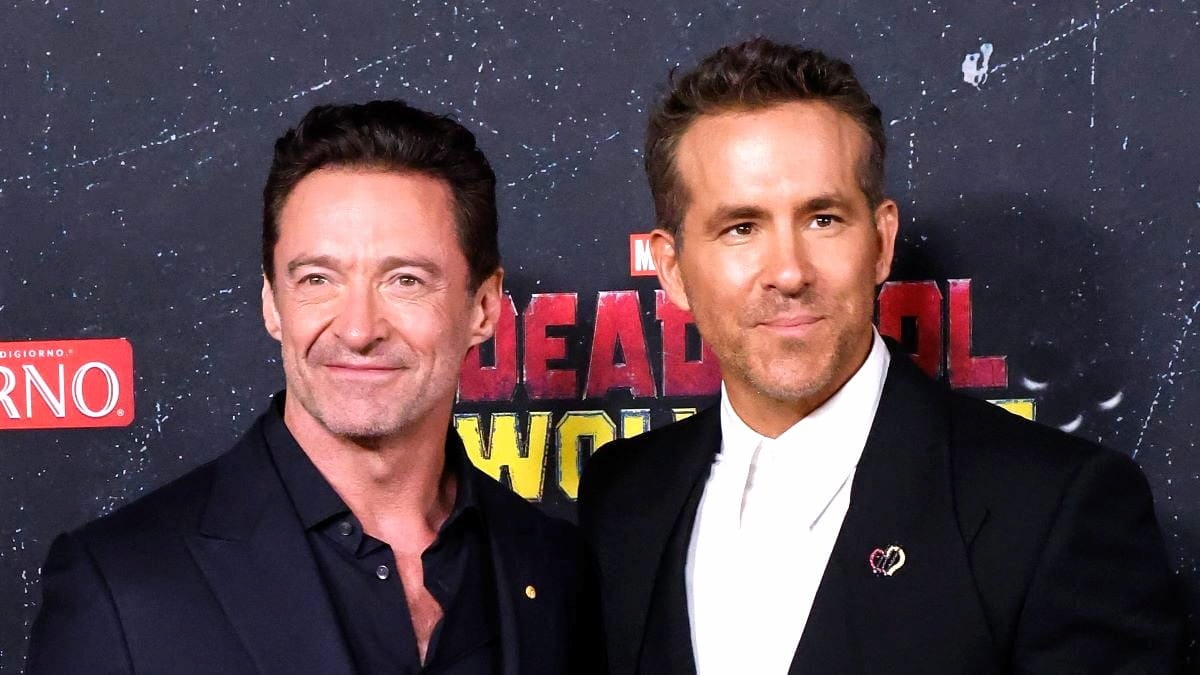2021 has proven that cinematic horror is in ominously good health. The genre has earned an abundance of new fans during the pandemic, with more viewers ready for darker escapism that takes the sting out of real-world events than ever before. A mix of new concepts and classic returns collectively dominated the box office and received great critical acclaim as well. The divisive French horror Titane even won the Palm D’or at this year’s Cannes Film Festival.
The genre’s broad range was well represented in 2021, with a multitude of showings for historical horror, slashers, psychological slow-burners, and supernatural scares. Some succeeded by mixing all or some of these elements, and films like Lucky and Censor demonstrated a wealth of new talent bursting onto the scene. It’s clear that there are plenty of fresh ideas out there, and competition for original content on dedicated services like Shudder and the Horror Channel should boost scary stories to even higher levels of engagement over the next few years.
As for 2021, here are the 13 best horror films that left us chilled, scared, and downright petrified this year.
Spiral
Spiral wasn’t quite the Saw equal it could have been, but it tried. While the quality of traps and emphasis on police procedure was a strong step for the ninth film in the saga, it didn’t break the mold enough to secure a spin-off franchise. Veteran franchise director Darren Lynn Bousman kept things in line with the complex set of films that had come before, despite its alternative view of Jigsaw’s legacy and charismatic turns from Chris Rock and, too briefly, Samuel L. Jackson. Time will tell if it did enough to justify its confident cliffhanger.
Malignant
James Wan can take a lot of responsibility for horror’s recent increase in popularity. The director who kicked off Saw, Insidious, and the Conjuring series may have diversified his portfolio with the high-spectacle Aquaman, but he hasn’t left horror behind. Malignant sat in his typical low-budget, high-effectiveness sphere of horror, but it was a divisive change of pace, although some thought it stretched credibility a bit too far. Some even thought it was a parody ⏤ high praise indeed.
Willy’s Wonderland
You don’t usually turn to a Nicolas Cage flick to not hear the legend talk ⏤ but that’s what this high-concept horror demanded. Cage plays a quiet janitor trapped during a night shift at a theme park of homicidal animatronic furries. The concept sells itself. Willy’s Wonderland proves that there is always a new and eclectic direction for Cage’s career to take.
Lair
Lair puts a new spin on the idea of possession horror. Its plot holes are compensated by its creepy atmosphere and sharp script. Corey Johnson is handed some brilliantly snappy dialogue as the unlikable occultist con man who uses a dysfunctional family’s holiday to test the power of demonic objects. The trick isn’t in what happens in the lair, but how. This is a well-produced film that overcomes the horror cliches it’s determined to tick off.
Army of the Dead
On the action side of the horror spectrum, Netflix has high hopes for a significant franchise from Zack Snyder’s return to zombieville. True to form, Snyder mixes fantastic visuals with a slightly overcomplicated plot and a mass of hanging plot threads. Army of the Dead squeezes a lot of fun from its high concept, namely a heist in Las Vegas after it’s become a quarantine zone for zombies. Prequel Army of Thieves arrived on Netflix in late 2021, and prequel anime series Army of the Dead: Lost Vegas will be next.
Lucky
Another slasher movie? What could possibly be left to do? A lot, according to screenwriter Brea Grant and director Natasha Kermani. They hit gold with this twisty but lean horror tale that finds author May (also Grant) terrorized and killed by a mysterious assailant every night while everyone around her just accepts it. This is another boost in the arm of slashers, mixing brilliant scares with searing social commentary. No wonder it was snapped up by Shudder.
Last Night in Soho
You know by now to expect something stylish from Edgar Wright. In 2021, he turned his pin-sharp direction to horror for the first time since 2004’s Shaun of the Dead. Last Night in Soho took a different tack, dragging us back through time and the center of London. This is an ambitious film that just about manages to be a love letter to the Old Smoke’s swinging, glamorous past as well as a disturbing psychological thriller.
Fear Street Part Three: 1666
One of Netflix’s highest-profile horror exclusives in 2021 was its adaptation of R.L. Stine’s mammoth Fear Street series. The final part pulls together all the various threads, and if you can overlook the varying Irish accents and Back to the Future vibes, it builds to a fine conclusion when things rocket back to 1994. In all, it’s an ambitious six-hour epic that nods to different decades of cinematic horror and packs in some great twists. The stop-motion-like slasher attacks that pop up are particularly effective. By the end, you may be rooting for the fairly unlikable group of characters that found themselves on the wrong side of town.
Candyman
Nia DaCosta’s Candyman wasn’t all about jump scares, but rather something more profound. She and Jordan Peele recognized the incredible power of Bernard Rose’s 1992 classic, and their adaptation intelligently updated Clive Barker’s short story, relocating the urban discrimination and prejudice from the U.K. to Chicago. Thirty years on, the update was more of a sequel than expected, and its social commentary made it one of the most notable horror films of the year. It earns extra sweets for the chilling shadow puppet sequences set to Philip Glass’ haunting score from the original film.
A Quiet Place Part II
This horror sequel came with a pressing question: how can you build a movie franchise from silence? Returning for the sequel, John Krasinski explained the importance of building on the first film’s metaphor and delving back into the origins of the silent dystopia. Audiences remained engaged, and the sequel to 2018’s surprise hit quietly stepped into theaters and set a record as the first pandemic-era film to reach $100 million domestically. That was impressive, but not quite as impressive as the film’s plot, which easily kept pace with the original despite its reduced surprise. A Quiet Place Part II is the best visual storytelling in horror this year.
Lamb
When Naomi Rapace stepped into the extended Alien franchise, the material let her down. That’s not the case with this uncomfortable wool jumper. In Lamb, she swaps Xenomorphs for a bizarre sheep-human hybrid in a slow-burning Icelandic drama. The scenery plays a major role, surrounding and containing the mix of stark reality and dark surreality. This walking nightmare packed with imagination is 2021’s folk horror peak.
Halloween Kills
After 2018’s incredible return, there was some skepticism that Michal Myers (now canonically in his ’60s) could keep up the pace for a trilogy. Hope arrived when the sequels’ devastating titles were announced. Before the trilogy concludes next year with Halloween Ends, Halloween Kills lived up to its name. Myers had been left with a comparatively low body count with most Halloween films cut from continuity. Not anymore. While the middle act’s commentary on vigilantism drags a bit, it’s all worth it for the devastating and audacious conclusion ⏤ an ending that leaves the Shape in an incredible position before everything Ends.
Censor
Censor is another film that demonstrates the innovation of current cinematic horror and its healthy respect for the past. It’s an unnerving psychological drama that throws us back to the U.K.’s “video nasty” era, the 1980s ⏤ a time when newspapers called out horror movies on their front pages and VHS copies of banned films were kept in brown paper bags under the counter in video stores.
Censor is a beautifully-filmed, superbly-acted movie and an incredibly confident debut from director Prano Bailey-Bond. Niamh Algar holds almost every scene as Enid, the uptight film censor whose job warps with past tragedy. Real video nasties are combined with fiction to delicately balance the real and unreal, neatly chopped together with sublime and period editing. Censor’s haunting ending is up there with horror classics. Unnerving psychological horror doesn’t come much better.



















Published: Dec 29, 2021 01:04 pm